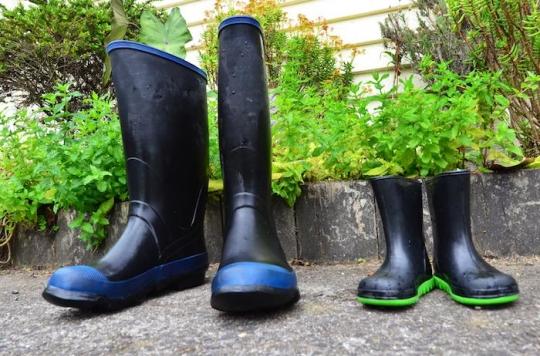Men and women who are taller than 1.80m have a higher risk of developing venous thrombosis than those who are 1.60m tall.

Tall people should watch their legs closely, according to one recent study published in Circulation: Cardiovascular Genetics. This work from the Malmö University Hospital (Sweden) shows that the more size increases, the more the risk of phlebitis and venous thrombosis increases.
Swedish doctors have relied on the follow-up of more than 1.6 million of their compatriots born between 1951 and 1992 to study the influence of height on the risk of blood clots. They also studied a cohort of more than one million women who were pregnant for the first time between 1982 and 2012.
A non-modifiable parameter
Their analysis shows that men measuring 1.60m or less have a 65% lower risk of suffering from this venous pathology than men over 1.87m. For women, it is better not to exceed 1.55m. Indeed, women over 1.80 m have a 69% increased risk of venous thrombosis compared to smaller women.
“Size is a parameter that cannot be changed,” commented Dr Bengt Zöller, responsible for this work and professor at Lund and Malmö University. It is interesting to note that the size of the population continues to increase, which could contribute to the increase in the incidence of thrombosis. “

A serious pathology
In France, around 70,000 cases of thrombosis are reported each year. Experts estimate that 2% of the population will be the victim of this vascular accident. A pathology far from trivial since it can cause a stroke or a heart attack. “In 2006 5,065 deaths had a venous thrombosis or pulmonary embolism for an initial cause”, indicates the French Federation of Cardiology.
This clot in the vessels of the legs appears especially after surgery, cancer, immobilization or hospitalization. In women, pregnancy and contraceptive pill use are the main causes.
A risk factor to take into account
Dr Zöller suggests that gravity might explain this link between tall stature and high risk of venous thrombosis. “It could just be that taller veins are longer, which provides more surface area. The likelihood of a problem appearing is therefore greater, ”he suggests, adding that“ there is also more gravitational pressure in the legs of tall people, which can slow blood flow or even temporarily. Stop. “
The Swedish team recognizes, however, that their study has limitations. Scientists did not study the family history of the participants, nor verify whether the volunteers suffered from phlebitis or pulmonary embolism during their childhood. They also did not have information on diet, level of physical activity and smoking.
Nevertheless, Dr Zöller suggests including height as a risk factor for phlebitis and venous thrombosis, like obesity.
.














